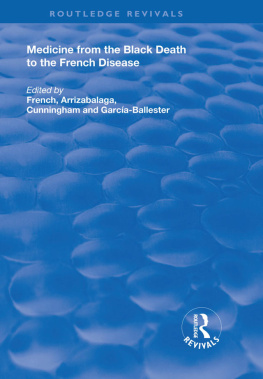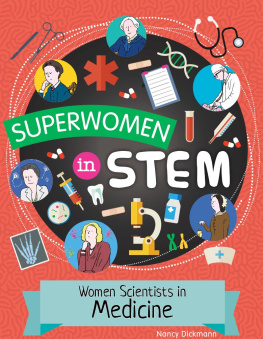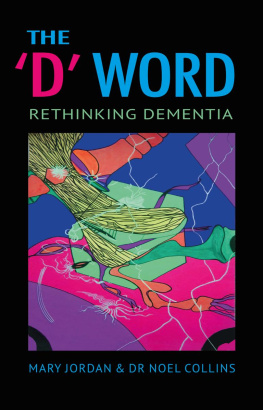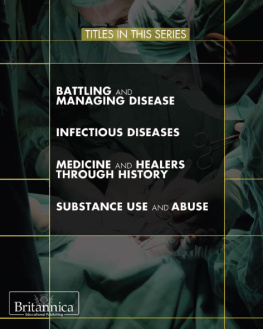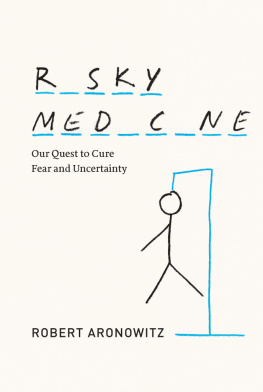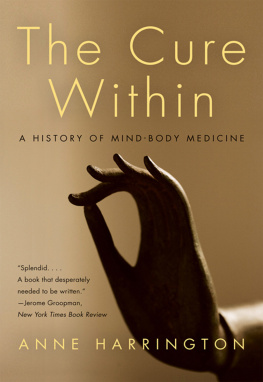
Picture yourself standing in line atDisney World on a hot day, about to get on your favorite roller coaster.
Everybody around you is excited, eagerto get out of the heat and onto the ride. Suddenly, the girl in front of you falls to the ground unconscious. Nobodyknows what to do.


Someone calls an ambulance, and theparamedics arrive. Telling everyone to step back, they perform CPRon the girl, bringing her back into consciousness. Then they pick her up offthe ground, lift her into the ambulance, and rush her to the hospital. This isthe kind of situation that Tracey Loscar fa ces everyday. Tracey is a paramedic for the University Hospital Emergency MedicalServices. It is her job to ride in an ambulance and help people in medicalemergencies. However, women like Tracey were not always allowed to beparamedics. In fact, if it w asn't for the work of ayoung schoolteacher named Elizabeth Blackwell, women would never have had theopportunities in medicine that they have today.
"Medicine" is a term that canbe described as the art and science of healing. The field of modern medicine is made up of doctors, nurses, and other healthprofessionals like dentists and pharmacists. Throughout history, most people whoworked in medicine were men. Women weren't allowed to receive medical educationand could only be caregivers. This means that theycouldn't actually treat people when they were sickonly comfort them. When thefirst woman in America graduated from medical school in 1849, the road togender equality in medicine began.
Elizabeth Blackwell was born in Englandin 1821. Her father was very strict about education.He believed that each of his children should have the opportunity to developtheir unique talents. Growing up, Elizabeth had a governess (a privateschoolteacher) and multiple tutors to help her succeed. When she moved to Amer ica with her family at age 11, her father became involvedin the anti-slavery movement. This was her first experience with civil rights,which would eventually help lead her to fight forwomen's rights. Elizabeth's father instilled many important values in her, like hardwork, courage, and independence.

When he died suddenly in 1838, she hadto draw upon those skills and become an independent woman.
As the first female doctor in America, i t may seem weird that Elizabeth was originally disgusted bymedi cine. In her book Pioneering Work in Opening the Medi cal Profession to Women, she said that she "hated everything connected with thebody, and could not bear the sight of a medical book." He r opin ion changed when herfriend began dying from a painful disease. This friend told her that she wouldhave been much more comfortab le if her doctor had been a woman.

This, along with her desire to live an independent life, caused Elizabeth to choose medicine.Now, she just needed to get into medical school.
When Elizabeth was applying to medicalschools, many doctors told her that she couldn't do it.

They told her to go to Europe to study,and even to disguise herself as a man. She faced many rejections, but waseventually accepted into Geneva Medical College in 1847. This was not an easyfeat, however. The faculty at the school were notsure if they should accept her because she was a woman. So they put Elizabeth'sacceptance up to a vote. Her future was in the hands of the staff150 men. Ifjust one of them said "no," she would be turned away. The men thoughtit was a joke, so they all voted to accept her.Imagine their surprise when she showed up for class! Two years later, thanks toa vote that might never have been, Elizabeth Blackwell became the first American medicaldoctor. Her hard work, dedication, and persever ancepaved the way for women every where to pursue theirdreams in medicine.


Physicians, or "doct ors," are the most common medical workers that we comeacross. Physicians have many jobs in the medical world. Some work directly withfamilies by doing checkups, giving shots, and prescribing medications. Otherschoose to become surgeons, who go inside th e humanbody to treat sicknesses and fix what's broken. Whatever they decide to do,doctors are the leaders of the medical team, and their job is to keep youhealthy. Debi Thomas is one such doctor.
At just five years of age, Debi had twodreamsto be a do ctor, and to be a figure skater. Shewas too young for medicine, so she started figure skating. Her mom usedto drive her more than 100 miles a day from school to the ice rink and back home. Debishowed lots of talent on the rink.

By the time she was nine, she wasalready taking lessons and winning competitions. At age 10, she signed on withcoach Alex McGowan. Together, they began to train for the Olympics.
As a young African-American figureskater, Debi was often discriminated against by her judges. They would give hercompetitors better scores just because of her skin color. Debi did not let thisaffect her though. She kept going, and won the silver medal a t the national novice finals when she was just 12 yearsold. A few years later, Debi won the national and world championships in thesame year, while she was a full-time student.



